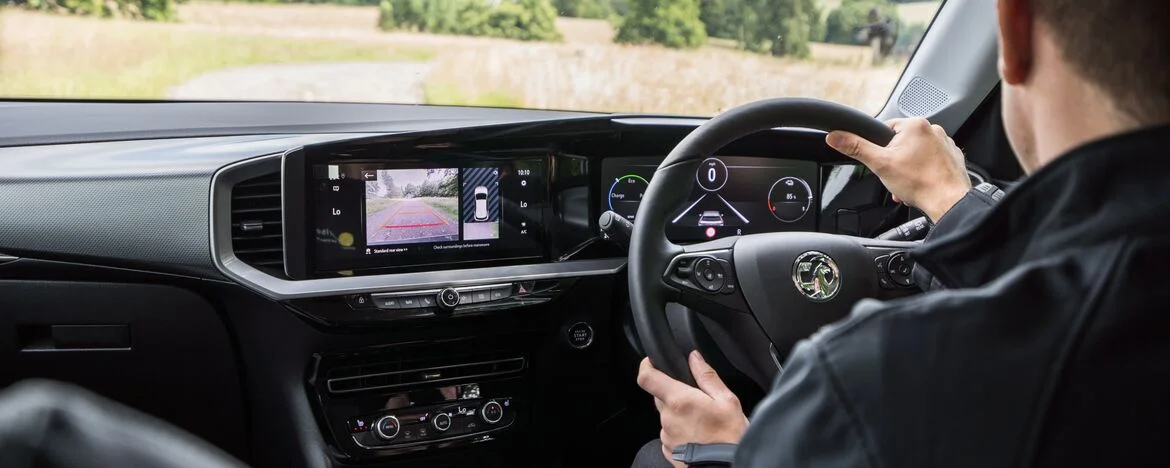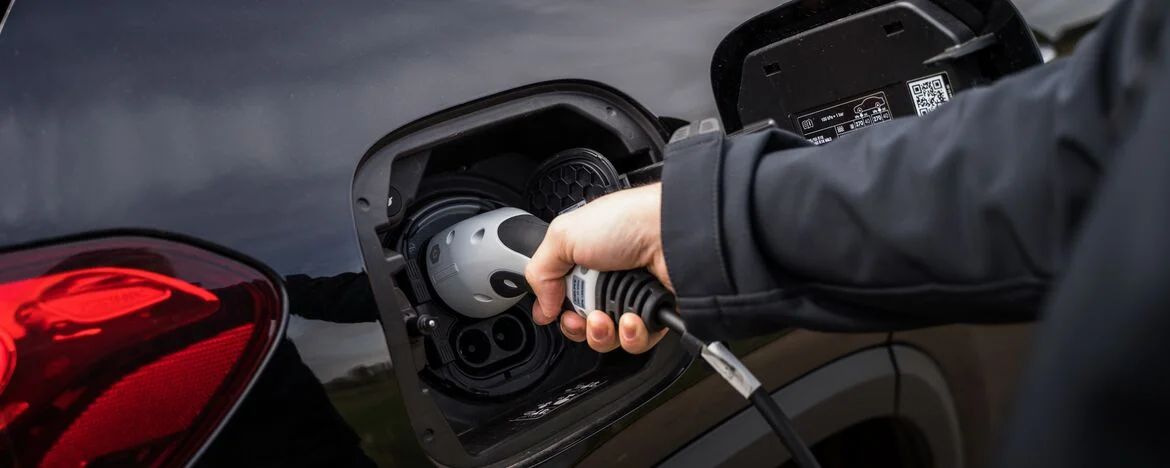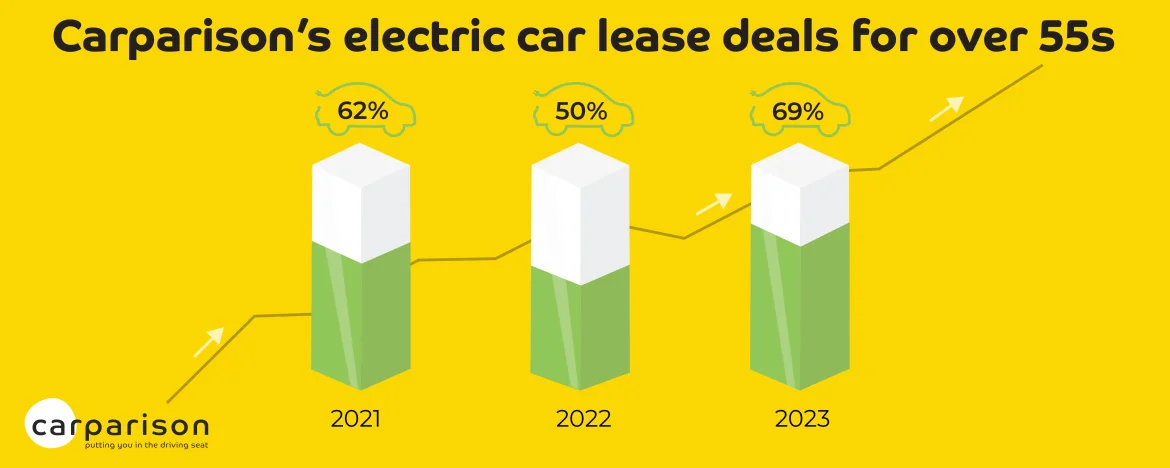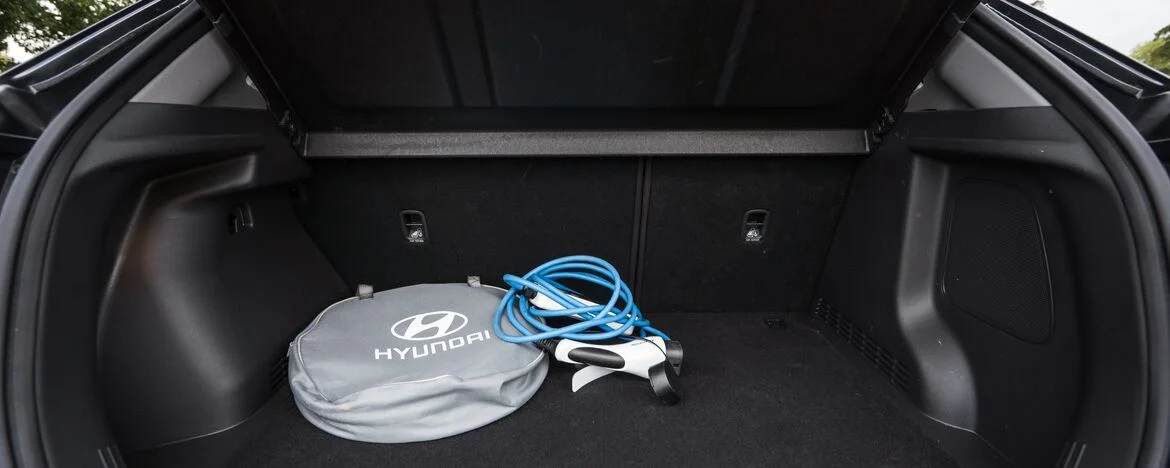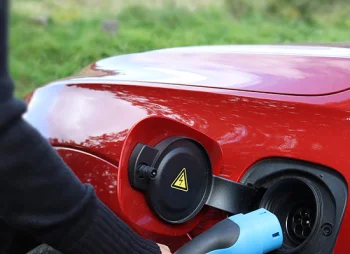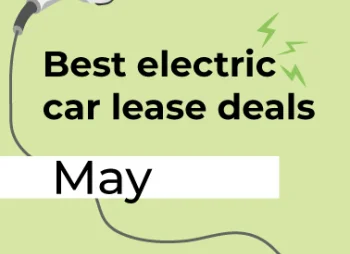Perception vs reality
Rightly or wrongly, there is a perception that EVs and everything that comes with running one can revolve around the need for constant access to technology, be that inside the car or through mobile apps on our smartphones. Is this a fair reflection and what does this look like in reality?
A quick internet search underlines how some might find it daunting. You can quickly become lost in a world of charging and EV apps. There are many useful apps for electric car drivers, but how many does one need?
It’s not uncommon for manufacturers to offer an in-house app that can control your everyday car functions or provide updates on servicing and maintenance. Beyond that, you’ve also got apps that can help locate nearby chargers or help pay for your latest top-up.
Andrew Till is the face behind the successful YouTube channel ‘Mr.EV’, where he documents living with an electric car. Till believes that despite the technological demands, drivers over the age of 55 could be the perfect target market, “I actually feel elderly people are perfect customers for EVs. It’s perhaps a sweeping generalisation, but they generally have the time to do the research, looking in manuals, downloading apps, and are even perhaps happier to spend time charging.”
Till continued and explained how progress is being made on making chargers more easily accessible, “Most charging can be done using contactless payments so for that reason, things aren’t too bad apart from the busyness at peak times.”
It was a sentiment echoed by Rob Heard, the Chair and Founder of the Older Drivers Forum, an organisation that specialises in helping elderly motorists stay on the road for longer in a safe and supportive manner.
Heard, along with Co-Lead Nigel Lloyd-Jones, quashed suggestions that new technology would be a deterrent, “We don’t think range anxiety or limitations of the charging infrastructure are such a concern for older drivers due to the lower mileages they drive, with a tendency to stick to familiar routes. In rural communities, there are also more possibilities of installing private chargers.”
“As we have discovered our older generation are much more digitally savvy than many given them credence, so engaging with new apps is no different to anyone else.”

